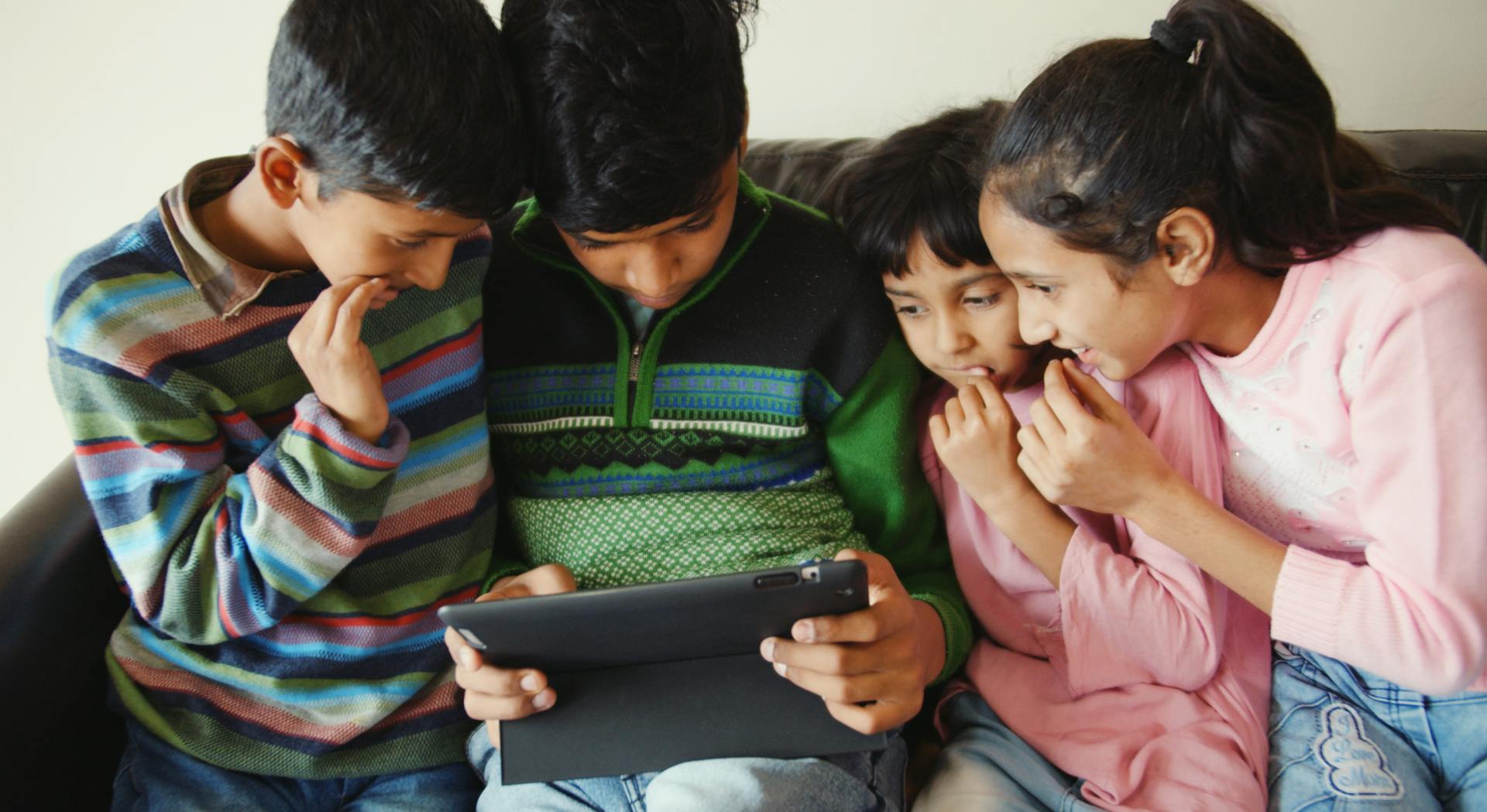In today’s digital-first world, children are exposed to a constant stream of content. With AI-generated videos, emotionally charged headlines, and hidden agendas shaping the media landscape, teaching kids to identify clickbait, bias, and deepfakes is critical. These are foundational digital literacy skills every child needs to navigate the internet safely and thoughtfully.
Understanding Clickbait: When Headlines Trick the Brain
Clickbait uses sensational or misleading headlines to grab attention and drive clicks. It often appeals to emotions like curiosity or outrage, rather than delivering meaningful content.
How to teach your child to recognize clickbait:
- If it sounds too outrageous, surprising, or dramatic, it likely is.
- Headlines that withhold key information (“You’ll never believe what happened!”) are designed to manipulate curiosity.
- Teach them to read beyond the headline and evaluate whether the article provides value or just repeats the same line.
What parents can do:
- Show examples of clickbait vs. straightforward headlines.
- Ask: “Does this headline seem exaggerated?”
- Introduce tools or browser extensions that flag unreliable sites.
Recognizing Bias: All News Isn’t Neutral
Bias in media means presenting information in a way that favors one side. It isn’t always intentional, but it can influence how children understand the world.
Key signs of bias:
- One-sided arguments without presenting opposing views.
- Emotionally charged language meant to persuade rather than inform.
- Omissions of key facts or perspectives.
How to help kids question media bias:
- Discuss who wrote it and what their perspective might be.
- Compare two news sources reporting on the same story.
- Teach them to ask: “What’s the purpose of this article?” and “What’s missing?”
Spotting Deepfakes: When Videos and Images Are Deceptive
Deepfakes use artificial intelligence to create realistic videos or images of people saying or doing things they never actually did. While the technology can be used for fun, it can also be used to spread misinformation.
What to look out for:
- Slight glitches in facial expressions, blinking, or lip sync.
- Audio that sounds off or doesn’t match the tone or movement of the speaker.
- Content that seems too perfect, shocking, or emotionally extreme.
How to help kids respond:
- Show examples of real vs. manipulated videos.
- Talk about how AI-generated content is made.
- Use online tools or fact-checking sites that help verify videos and images.
Build Habits of Critical Thinking
The goal isn’t to make children distrust everything online but to teach them how to pause, reflect, and investigate before believing or sharing.
Simple habits to encourage:
- Keep an open dialogue about what they see online.
- Encourage them to fact-check surprising content before sharing.
- Ask questions like: “Who made this?” “Why was it made?” “Is this trying to inform me, or persuade me?”
Final Thoughts
Helping children identify clickbait, bias, and deepfakes is about more than internet safety—it’s about preparing them for a world where not everything is as it seems. With the right guidance, kids can become thoughtful, responsible consumers and sharers of digital content.



